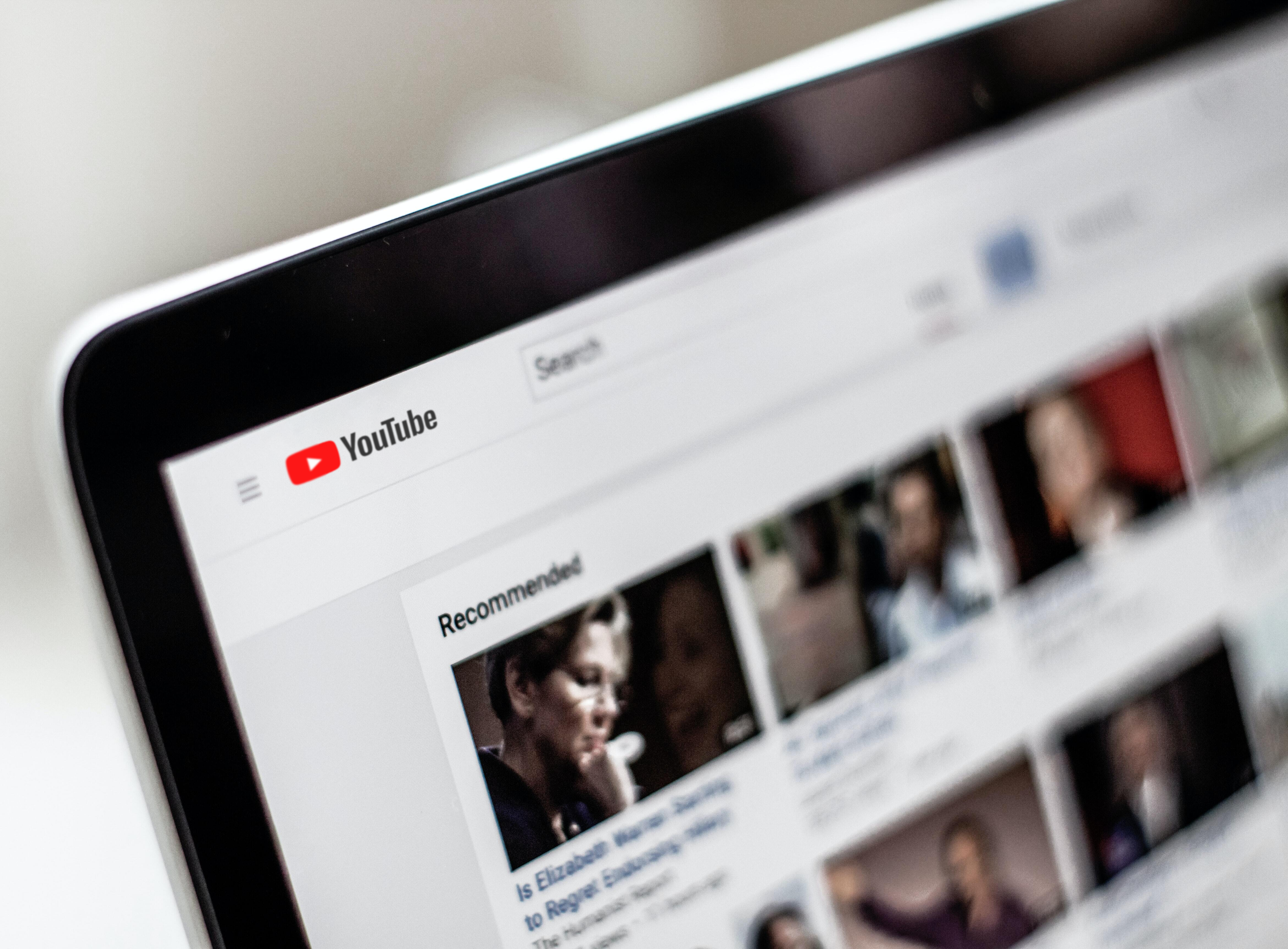YouTube is ever-evolving into a more effective channel for direct response advertising. With features like TrueView for Action, Custom Intent, and the upcoming Lead Ads, there’s no denying the viability of YouTube as a DR channel for many brands.
That said, YouTube has been and will continue to be a great way to reach relevant audiences at scale to drive brand awareness. Brand Lift Studies from Google are a great way to measure the often-elusive impact of brand advertising on YouTube. BL 1.0, as we’ll refer to it moving forward, has a new sibling: BL 2.0, which offers a slightly different solution to the same measurement conundrum. While I’ll argue that 2.0 is the superior product for most performance advertisers, some features are not available with BL 2.0.
BL 2.0 provides two new, valuable metrics: lifted users and cost per lifted users. Lifted users are calculated as (unique reach*absolute lift) to estimate the number of users you lifted with your ads, with cost per lifted user based on this metric. While this number is extrapolated from your surveyed group, it is instrumental in understanding the effectiveness of various segments within your campaigns. One other essential aspect of BL 2.0 is spend minimums. While BLS 2.0 is touted as having more flexible minimums than the original Brand Lift Study product, advertisers must carefully set up their campaigns and studies. The minimum spend in the US is $5k in the first seven days – which needs to be allotted for every comparison point to reap the full benefits of BL 2.0. If you want to dig down to the campaign level, each campaign must spend the minimum. If you want to see differences at the age group level, each age group needs to hit the minimum. You can spread the minimum spend across campaigns, ad groups, etc., to see aggregate results for the whole study, but this removes the ability to compare them side by side.
Whether to use BL 1.0 or BL 2.0 will depend on what you want to get out of your campaign(s). A couple of scenarios:
- Do you want to run a handful of audiences to see how each responds to your ads to see where you can lift users for the lowest cost? Run BL 2.0.
- Do you want to see if you can lift users who skip your ads (that you don’t pay for?). Run BL 1.0.
- Do you want to run YouTube continually and optimize as you go based on brand metrics? Run BL 2.0.
In my eyes, there are two main advantages of BL 2.0: campaign-level performance and continual, real-time reporting. I find campaign-level performance to be the single most significant advantage of BL 2.0; it moves YouTube Brand Lift into the performance marketing world. With BL 2.0, you get brand lift results by campaign, meaning you can run campaigns targeting different audiences to see how they respond to your messaging.
The Cost per Lifted User metrics lets you understand how effectively you are lifting various audiences. For example, you may be able to reach a large affinity audience at a $0.01 CPV, but if very few of those people take mental note of your brand, you’re better off paying a premium for a smaller audience more likely to remember you. Cost per lifted user gives you this level of insight and is only available on BL 2.0.
Knowing which audiences are driving the most cost-effective lift in real-time allows for the shifting of dollars and ongoing testing of new audiences, something familiar to all performance marketers but previously missing from brand advertising.
Learn more about our programmatic offering
Explore
More Insights?
View All InsightsQuestions?





